Fashion changes, but never the heart for beauty. Inspired by the popular "100 Years of Beauty" videos, which highlight changes of fashion trends in a country or region over time, a Uygur man in northwest China's Xinjiang has released his own version to reproduce fashion trends of female Uygurs in the region over the past century.
In the video and photos, Mewlan Turaq in Kashgar of Xinjiang Uygur Autonomous Region illustrates the changes of the ethnic styles in his hometown from the 1910s to the 2010s. He wishes to to show the beauty of Uygur women. His reproduction was based on historical documents and old photos. He also got help from Uygur photographer Kurbanjan Samat.
"The pursuit of beauty is a natural and sincere desire of people in all countries and of all ethnic groups," he says. "The world is changing. China is developing. So is Xinjiang. The change of society is reflected in local fashion trends."
The man spent five months sewing most of the following clothes with his mother.
- 1910s
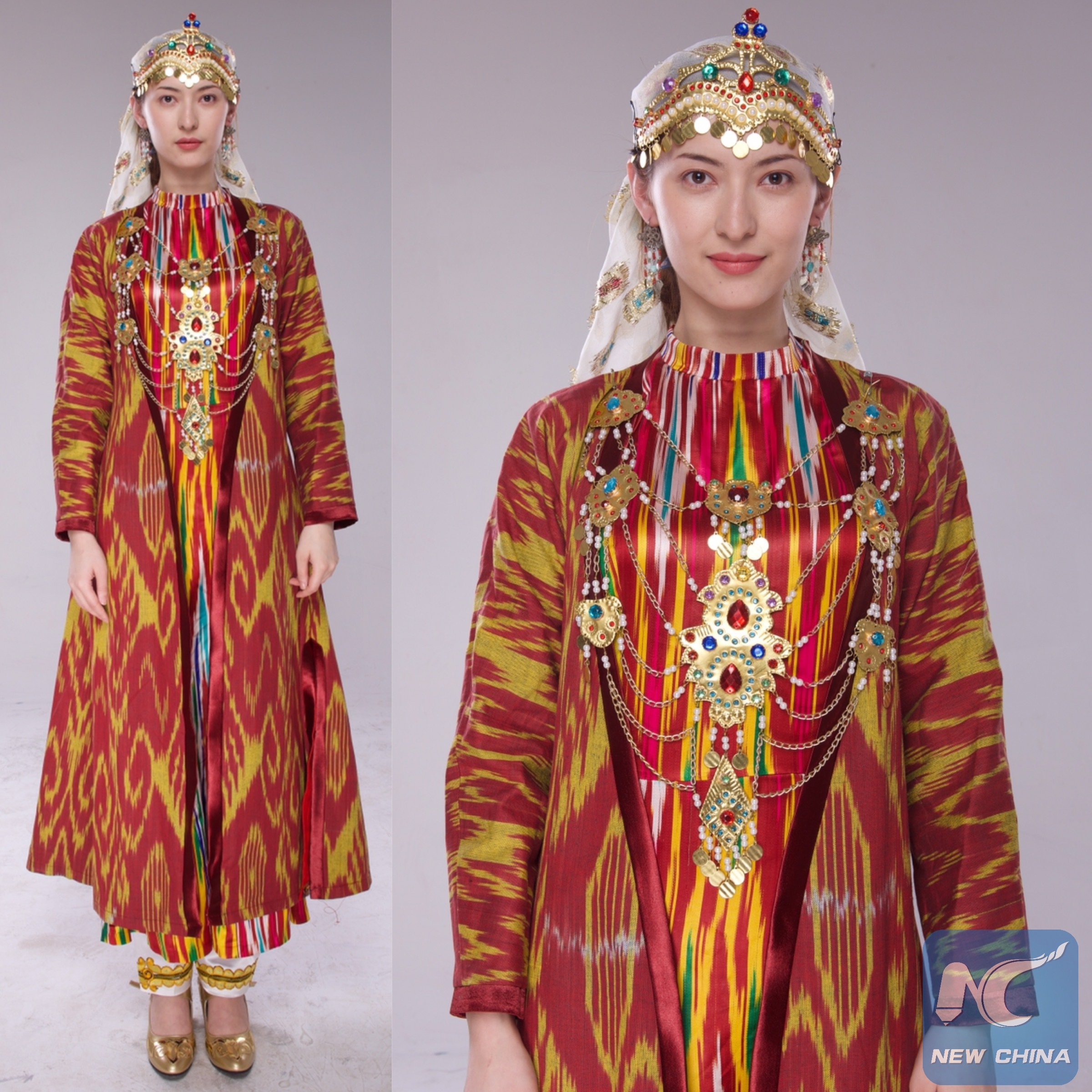
In the 1910s, Uygur females wore Etles silk chapans and long dresses. Women with high social status were dressed in long Etles silk dresses for social events. They also wore gorgeous headwear and necklaces, and long trousers inside the dress. The trousers legs were embroidered with golden patterns.
- 1920s
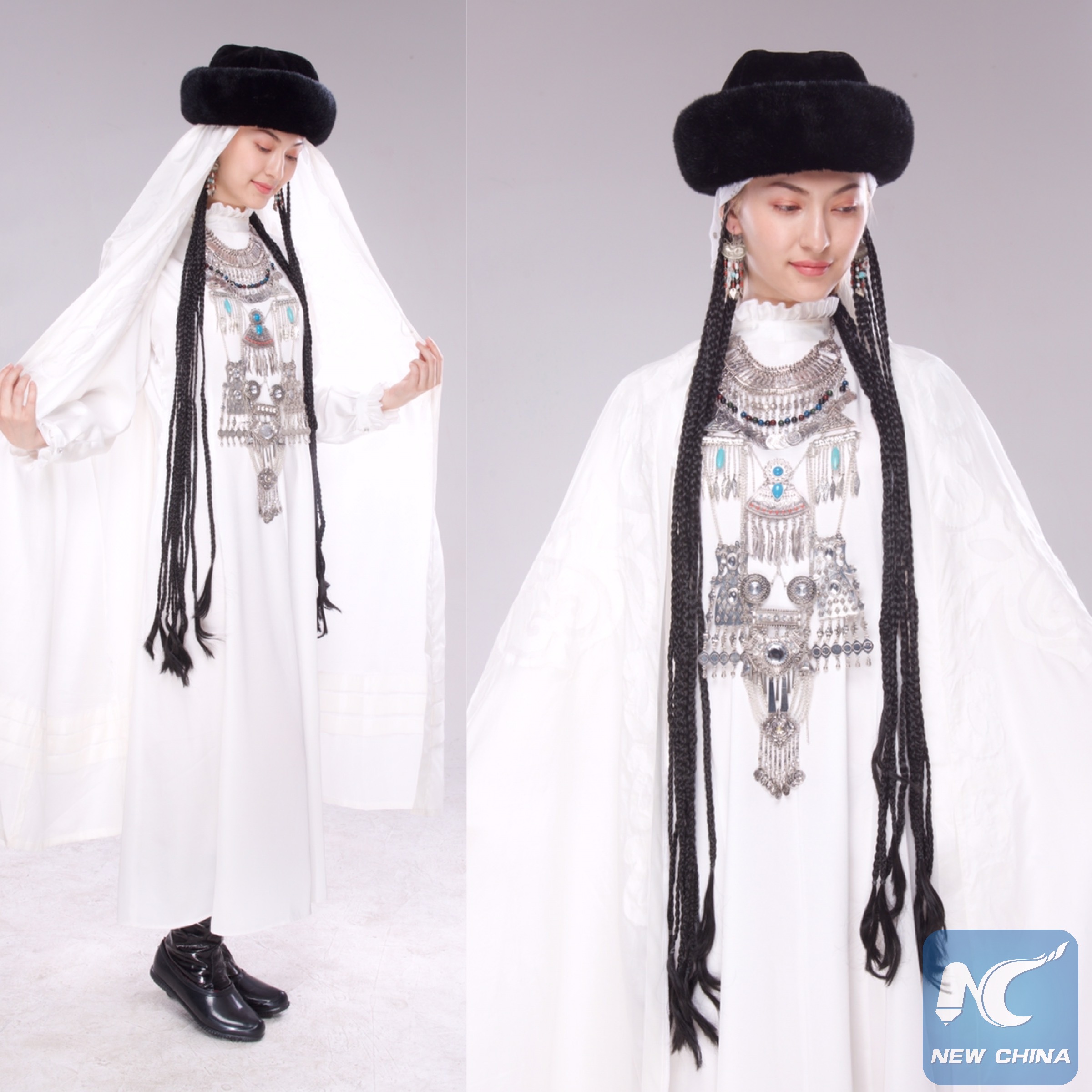
In the 1920s, Uygur women wore fur caps and white long yarn dresses. The style of white dress shown in the picture was for married women. Silk was popular in Xinjiang as the ancient Silk Road ran through the region.
- 1930s
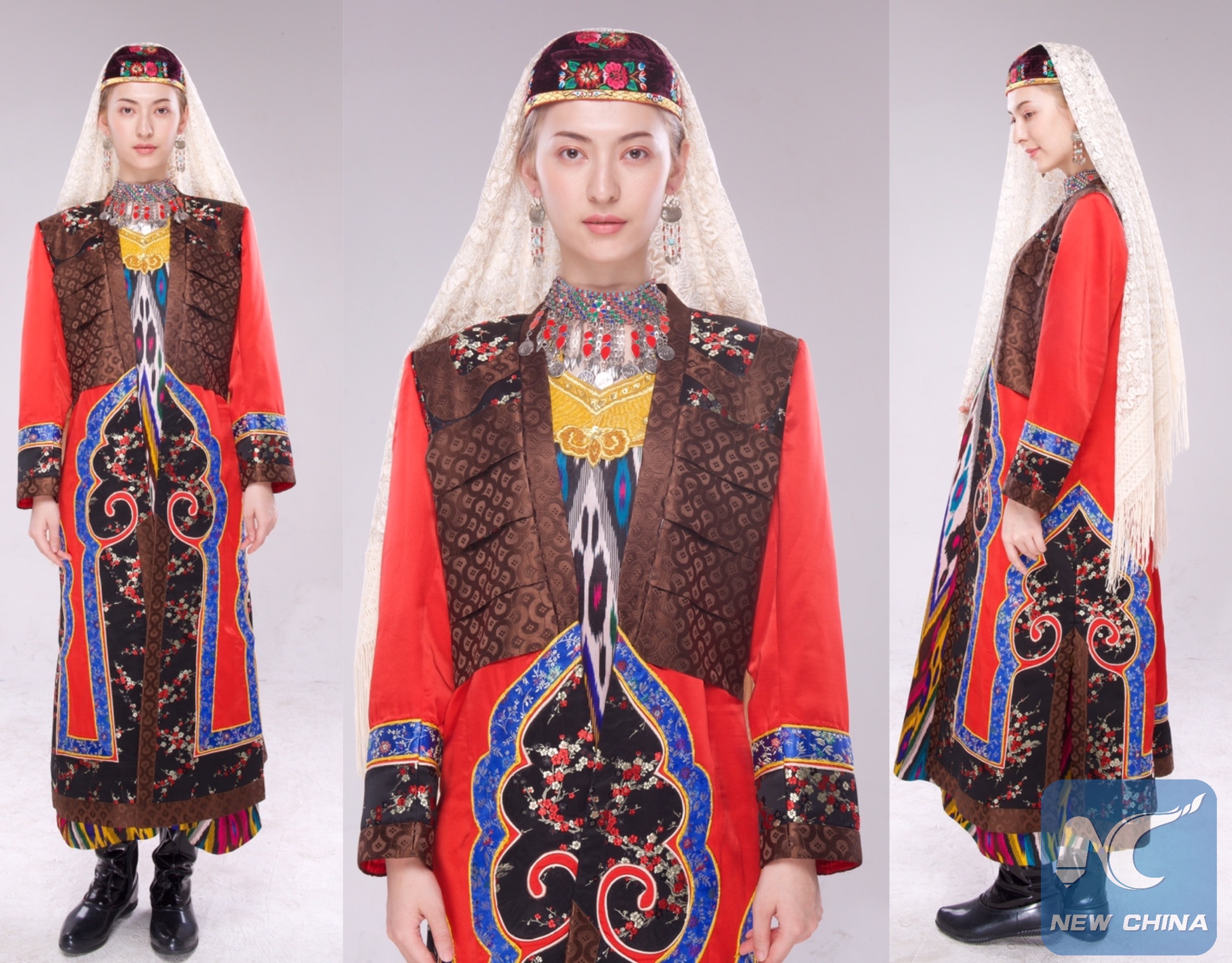
In the 1930s, style in northern Xinjiang was still affected by the Manchu, the ethnic minority that established the Qing Dynasty (1644-1911). Caps, cuffs and collars were decorated with embroidery. Skirts down to the ankle were worn. Women also wore earrings and necklaces with Central Asia-style tassels. Their caps were also decorated with feathers.
- 1940s
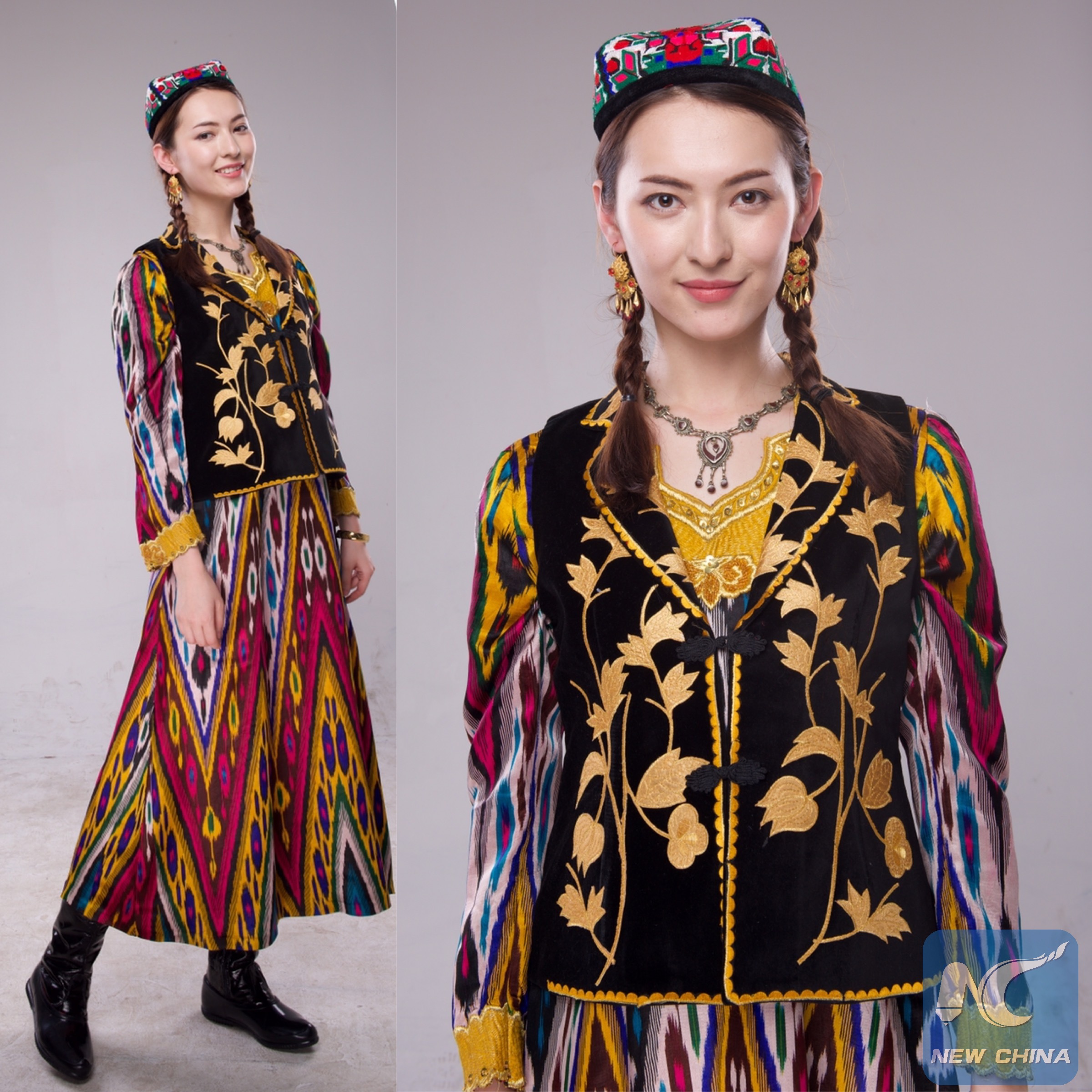
In the 1940s, modern fashion from foreign countries began to come in, and women enjoyed higher status. Xinjiang women began to wear shorter, tighter and more casual dresses. A vest over an Etles dress was trendy at that time. The floral caps also replaced the headscarf.
- 1950s
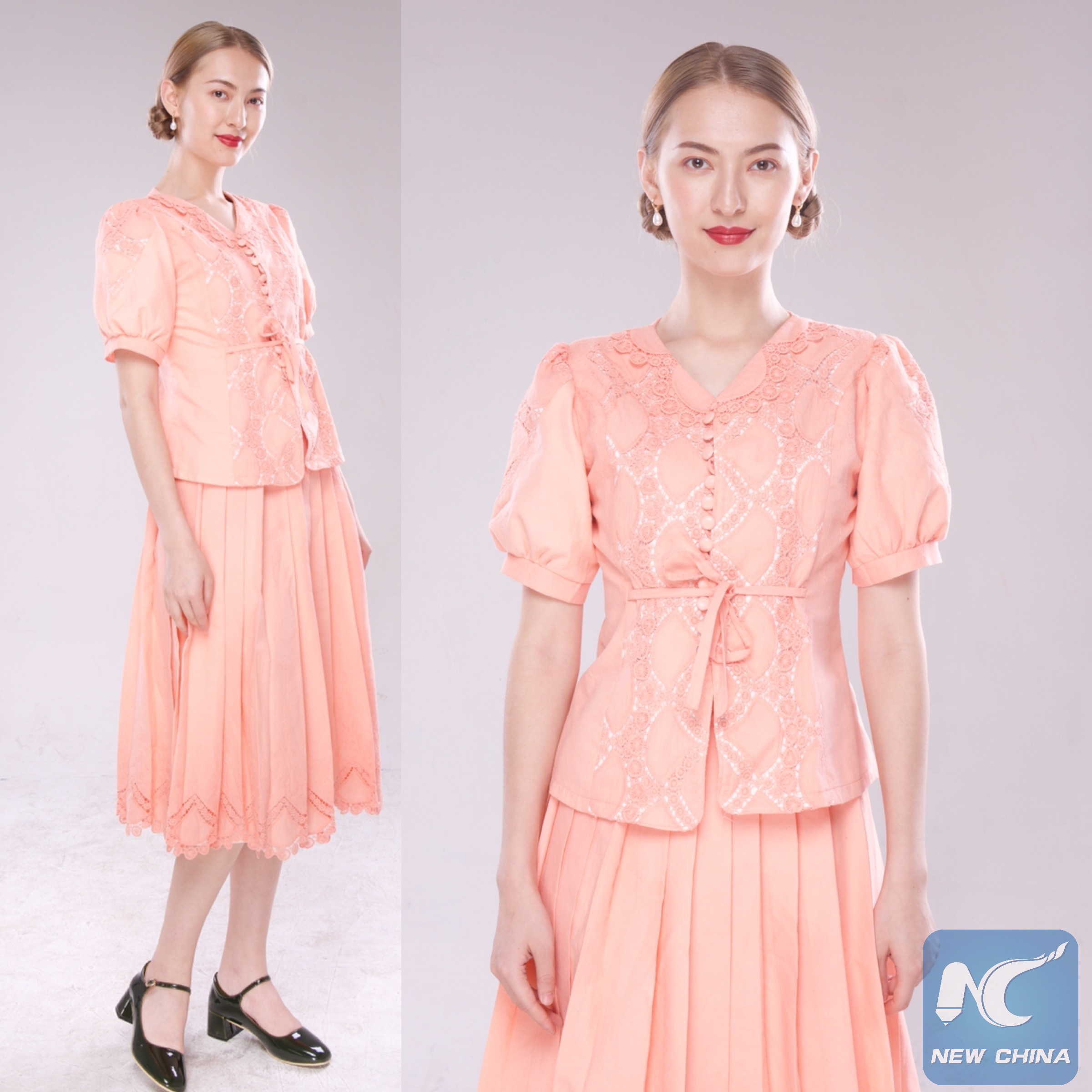
Since the peaceful liberation of Xinjiang in 1949, and the founding of the Xinjiang Uygur Autonomous Region in 1955 in particular, life in Xinjiang has been better connected to and more influenced by the rest of the country.
In the 1950s, more Uygur women entered campuses. The costume in the above photo is inspired by an old photo of a female teacher in Tacheng, Xinjiang. Fashion at that time was deeply influenced by the former Soviet Union, and featured lace pleated skirts and round toe shoes. Women no longer had to have their bodies fully covered.
- 1960s
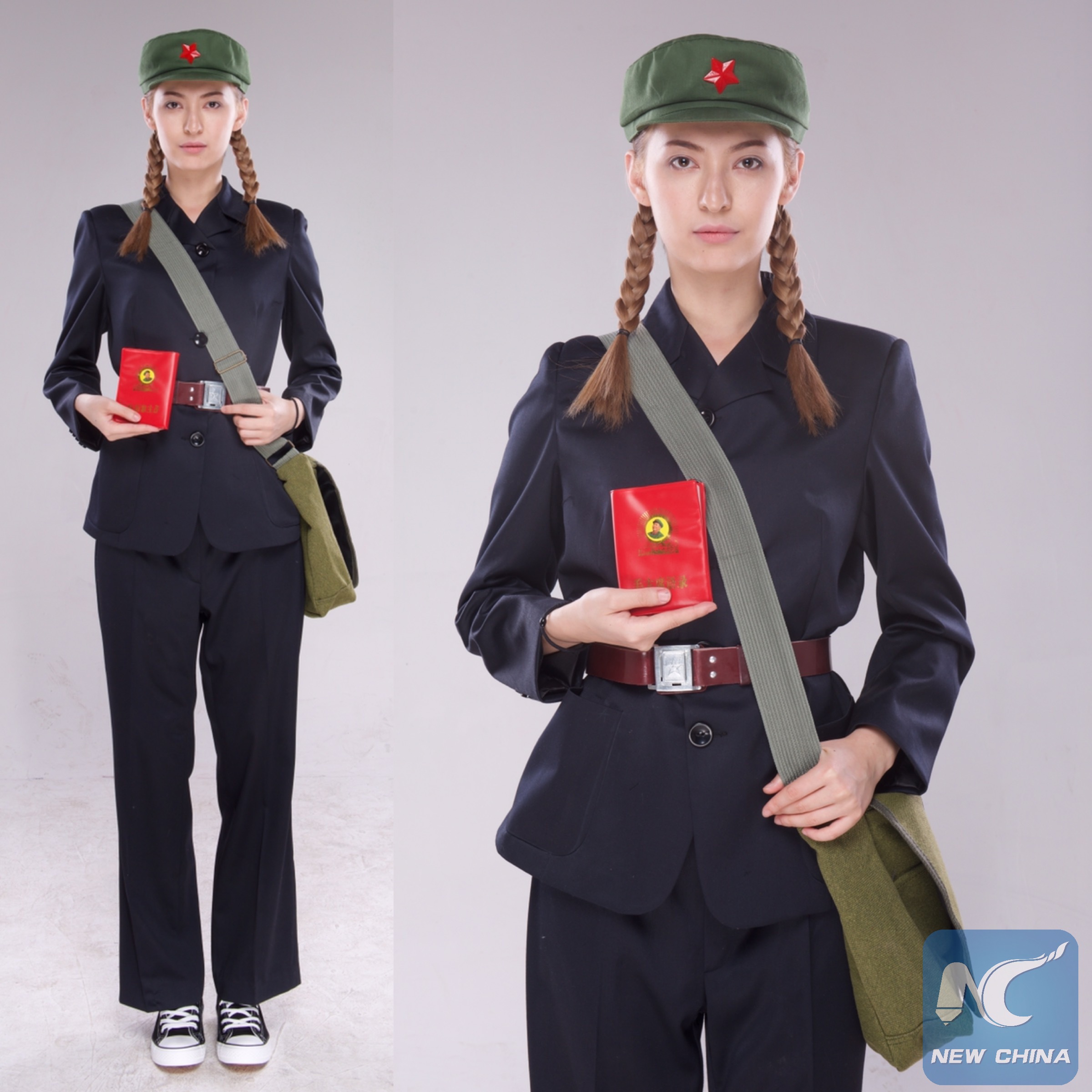
During the Cultural Revolution, the military style attire also became a fashion in Xinjiang, just like in other parts of China.
- 1970s
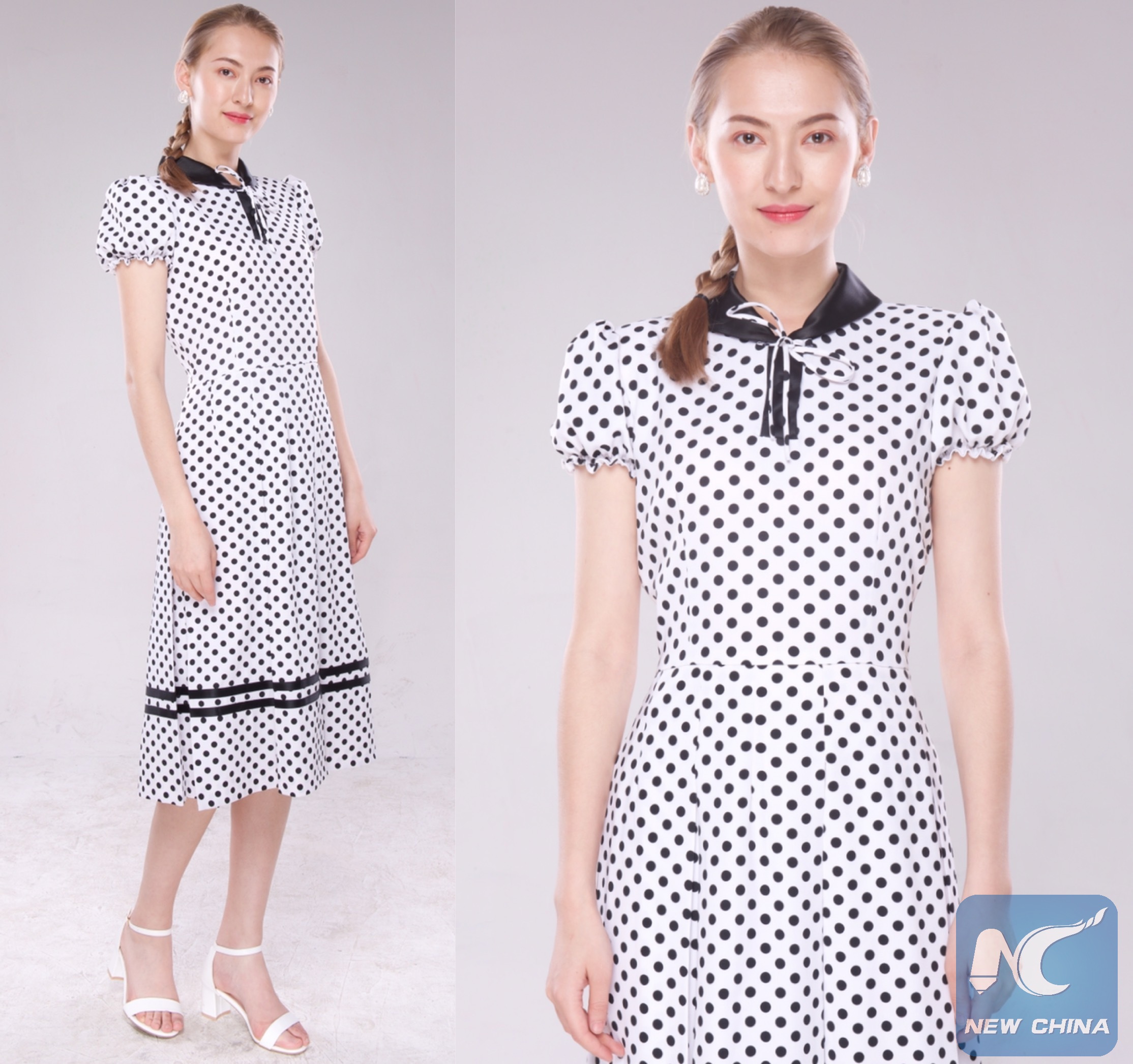
College fashion became trendy among young people all over China in the 1970s. Uygur young women loved to wear dotted dresses with puff sleeves.
- 1980s
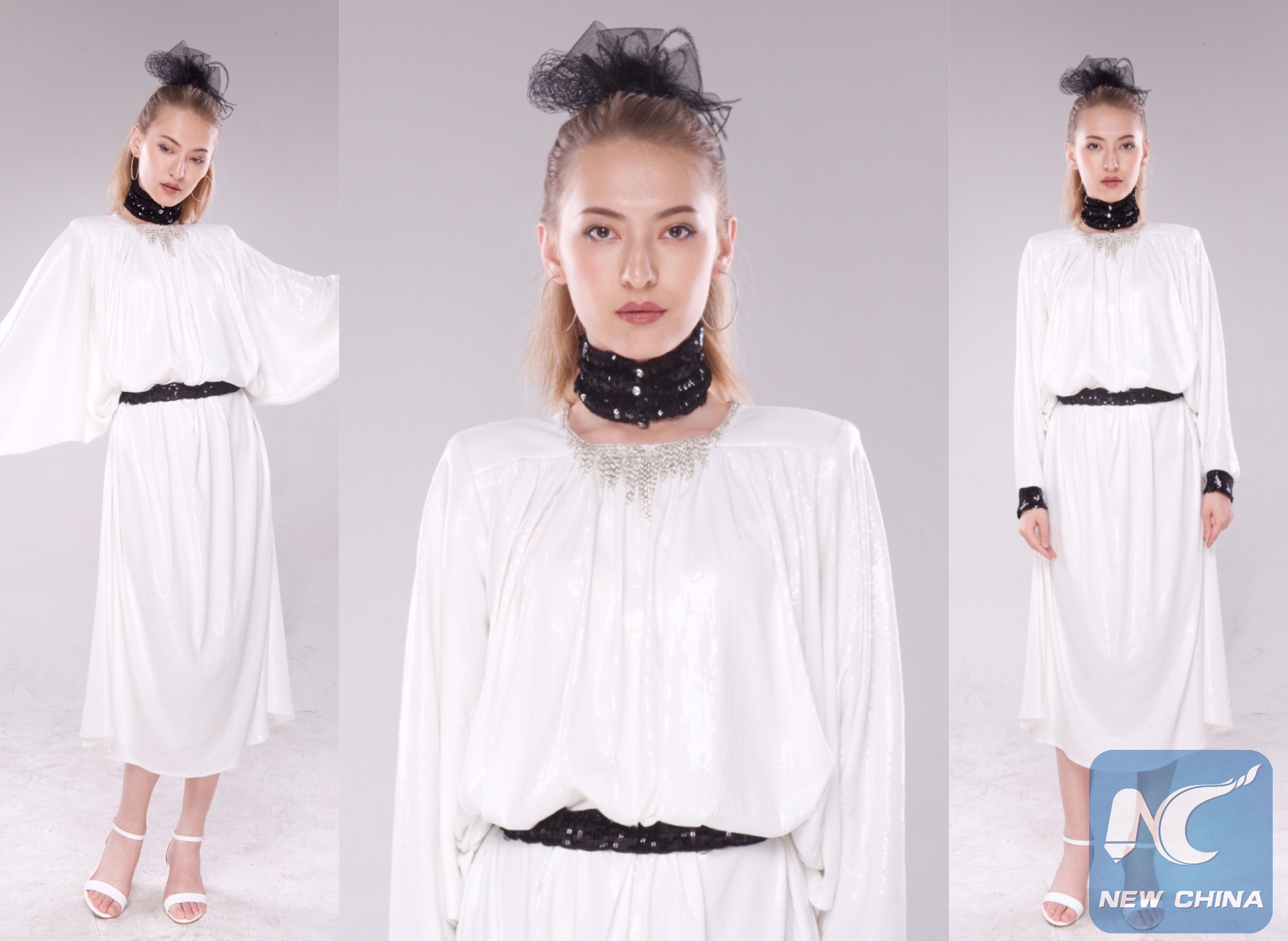
Influenced by punk, clothing style in Xinjiang in the 1980s became exaggerative. Sequins and curly hair were common. The look shown above is inspired by the costume of the heroin in Xinjiang's famous romantic movie "Mai's Love" in 1987, who is a Uygur student of the Beijing Dance Academy.
- 1990s
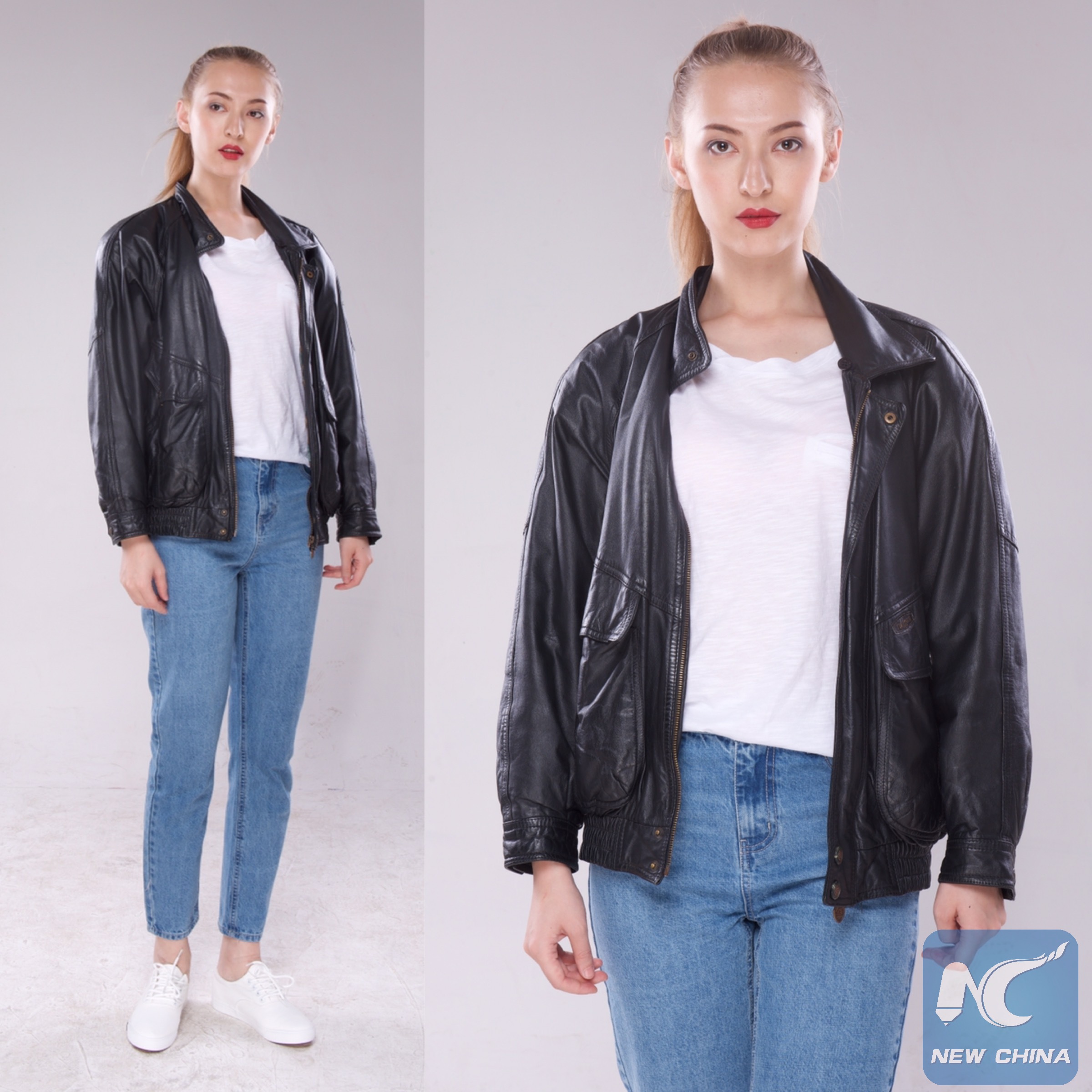
At the end of the 20th century, jeans, leather jackets and sneakers were common on the streets in Xinjiang. Uygur women began to embrace international fashion trends.
- 2000s
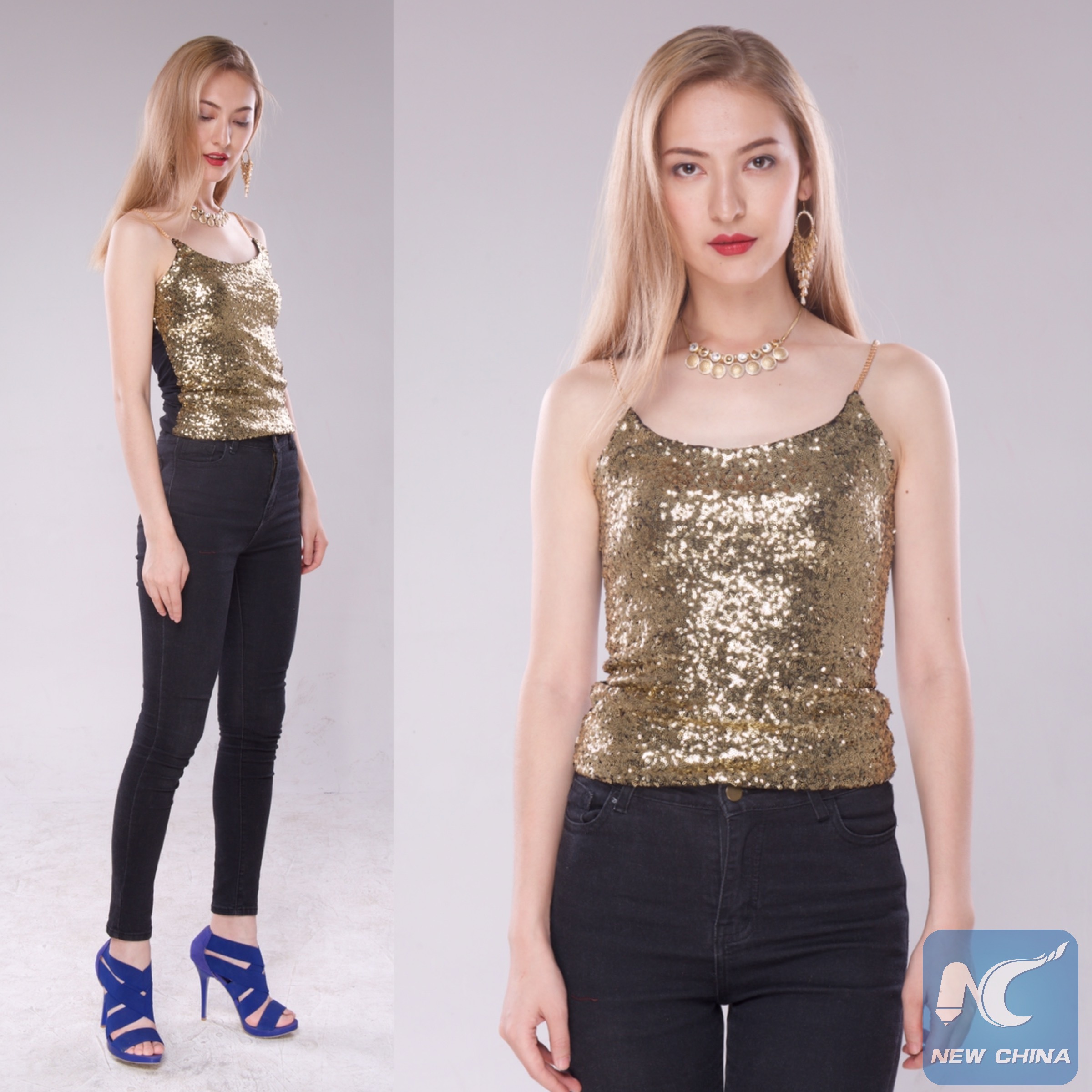
At the dawn of the new century, Uygur women became more open and began to embrace bolder fashion. Leggings, tight dresses and sleeveless blouses were popular among them.
- 2010s
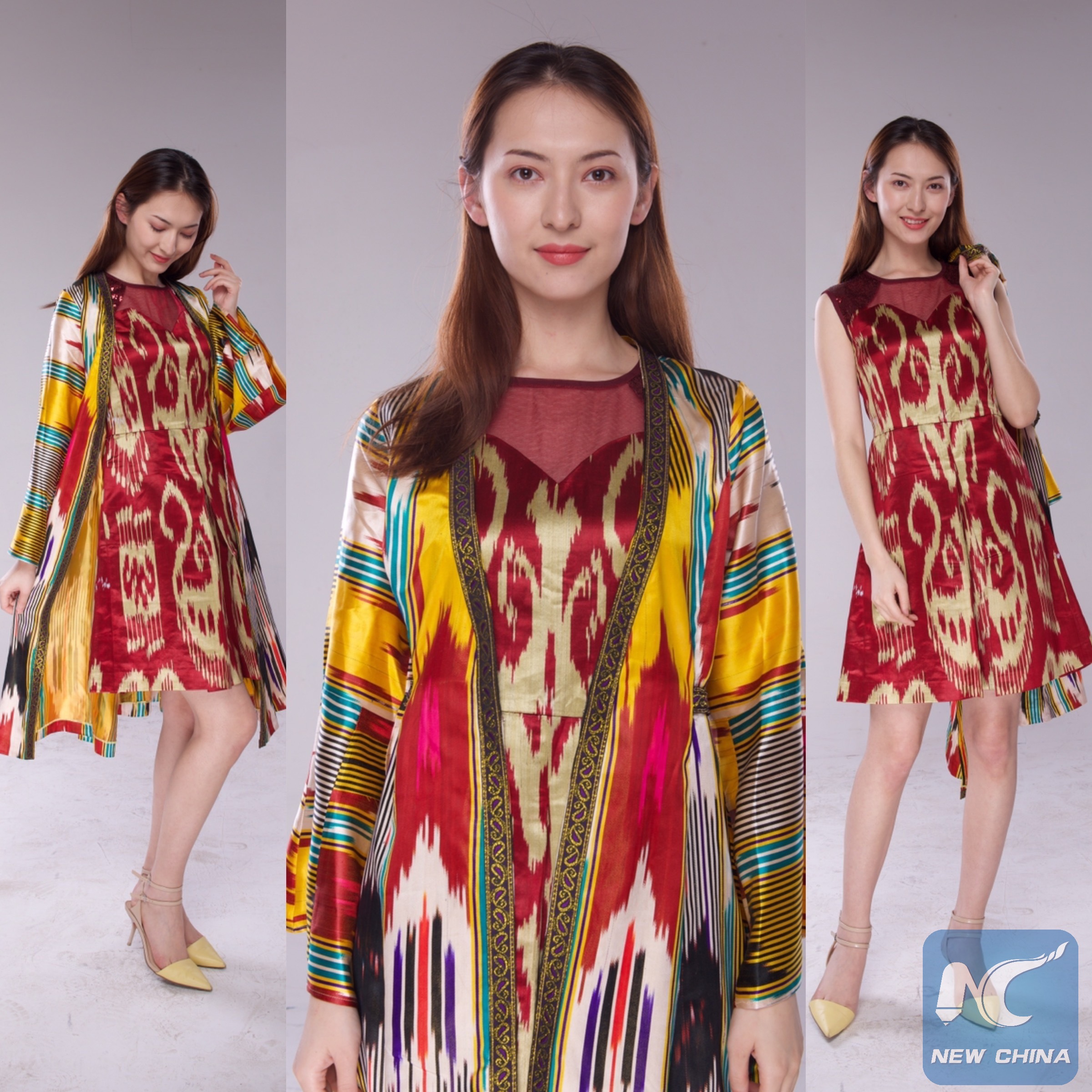
In the 2010s, people began to realize the importance of protecting and inheriting traditional cultures, and thus nostalgia surged in China's fashion. In Xinjiang, ethnic styles regained popularity. Designers loved to blend traditional Uygur elements, such as Etles silk, in their designs.
- 2017

Today, as Uygur women enjoy a broader horizon, parties and banquets in Xinjiang welcome more Uygur female guests. Evening gowns are must-have for female party goers.
To watch the video, follow Xinhua on Facebook, Twitter and YouTube:
http://www.facebook.com/XinhuaNewsAgency
http://twitter.com/XHNews
http://www.youtube.com/user/ChinaViewTV
(All photos provided by Mewlan Turaq)

